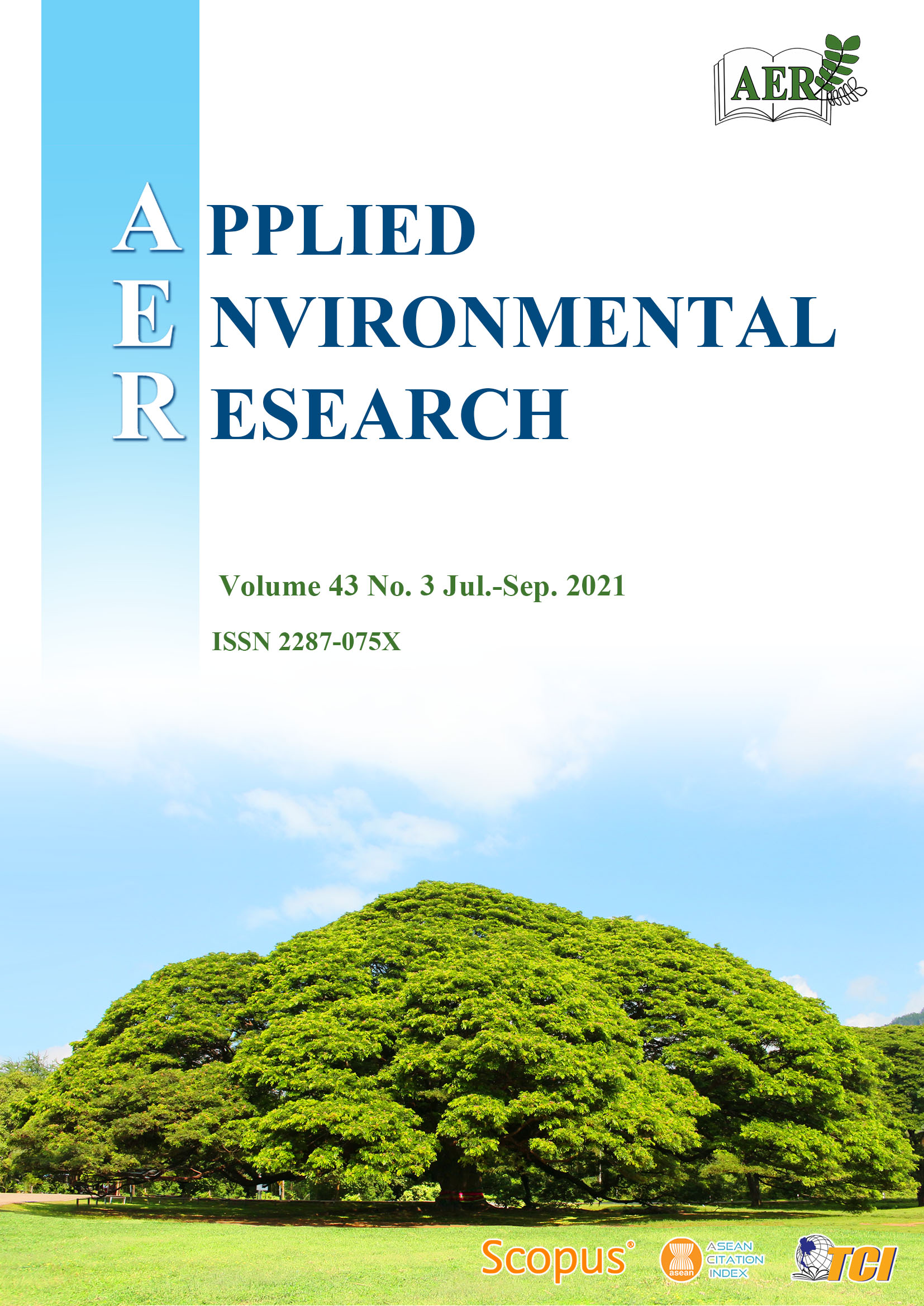Synergistic Effect of Waste Feedstock Mixture and Torrefaction Pre-treatment on Some Briquette Characteristics of Cornhusk and Sawdust Wastes
Main Article Content
Abstract
Agricultural waste management through energy recovery is one of the critical options that could drive the clean energy production industry and properly replace the use of coal in Nigeria if done sustainably. The objective of this work therefore is to study the synergetic effect of waste feedstock mixture and torrefaction pre-treatment on some physical and performance characteristics of briquettes from cornhusk (CH) and sawdust (SD) wastes. In this work, CH and SD wastes were processed raw and torrefied at 200 to 300 °C and were mixed in the ratios between 90/10 and 10/90 for briquette production using D-optimal crossed design. Cassava starch of 20 g to 100 g of the feedstock (w/w) was used as binder. The performance characteristics of CH/SD briquettes were evaluated using standard procedures while the generated data were processed using ANOVA, regression and pareto analysis. The thermal efficiency of 29.94% and water boiling time of 12 min were obtained for CH/SD briquette blend of ratio 10/90 torrefied at 300 °C. The maximum density and water resistance index of the torrefied briquettes at different blends respectively increased between 5.78–9.77% and 75.70–85.45% over those of the raw briquettes due to torrefaction and water preconditioning. Furthermore, the lowest value of burning rate was obtained for briquettes torrefied at 300 °C at 50/50 (CH/SD) ratio. ANOVA revealed that torrefaction and feedstock blending significantly influenced the characteristics of CH/SD briquette at p<0.05. This study showed the potential use of torrefied briquettes from cornhusk and sawdust wastes as alternative for coal and forest wood and a new source of energy for heating applications.
Article Details

This work is licensed under a Creative Commons Attribution-NonCommercial 4.0 International License.
Published articles are under the copyright of the Applied Environmental Research effective when the article is accepted for publication thus granting Applied Environmental Research all rights for the work so that both parties may be protected from the consequences of unauthorized use. Partially or totally publication of an article elsewhere is possible only after the consent from the editors.

